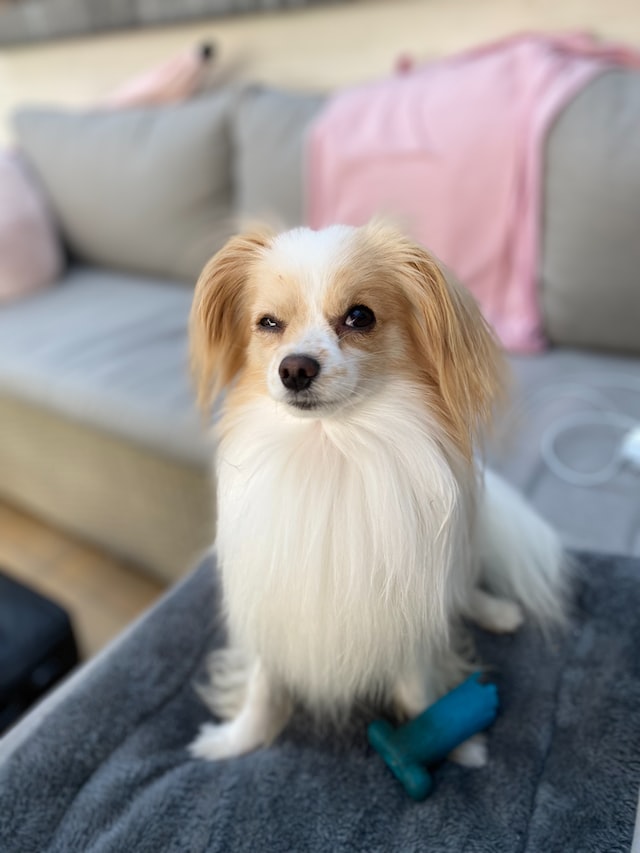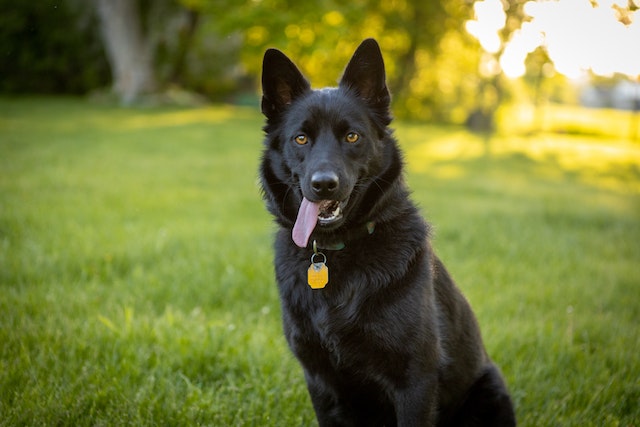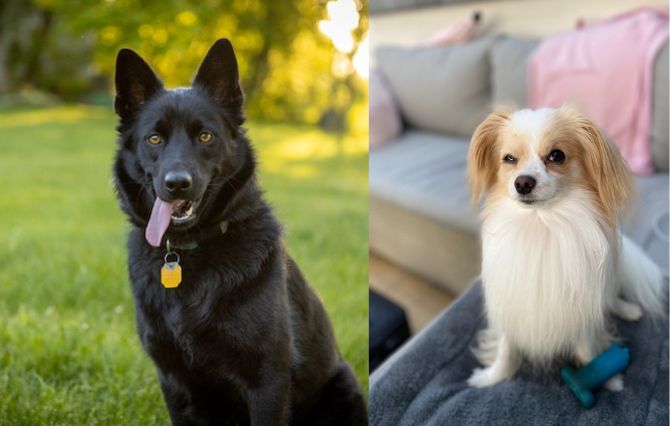The Phalene
You might be surprised to find out, that the breed that is one of the rarest in the world, is one of the most obedient toy breeds in the dog world! That should be a good enough incentive for you to give this breed a read. The Phalene loves to play outdoors and owing to its high energy level, a fair amount of exercise is required on a daily basis. It’s advised to put them on a leash when outdoors, especially around larger dogs; it could lead to some ugly confrontations arousing from jealousy.

They are extremely easy to train and will do anything to please you and learn new tricks. This also makes them an excellent choice for animal assisted therapy. The Phalene dogs dote on their owners and are overall a happy breed. Even with people outside of the family, they are quick to make friends and are polite dogs. The Phalene breed adapt well around older children and other house pets including cats. Because of the dog’s small size, younger children might not know how to handle them; the breed also shouldn’t be allowed to jump from higher places, lest they should hurt themselves.
Appearance:
- Average Height: 8-11 inches
- Average Weight: 8-10 lbs
Care & Health:
Grooming: The Phalene is known to shed a lot. To avoid dog hair all over the house, you might want to brush them daily.
History:
The Phalene gets its name from the way its ears droop down like a moth’s; ‘moth’ in French means ‘phalene’. The Phalene is often considered to be the predecessor of the Papillon. Marie Antionette is said to have owned a Phalene. The existence of the Phalene goes as back as the 15th century, when they were said to appear in the paintings by the Old Masters.
Sometime during the 1900s, the Papillon surpassed the Phalene in popularity and by the 20th century, the Phalene was in danger of extinction. Even though the interest in the breed was renewed by the 21st century, the ‘moth dog’ is still a rare breed. The AKC recognize the Papillon and the Phalene as one single breed.
The Schipperke
The Schipperke, fondly called ‘skip’, is a dog that requires a great deal of attention. They love to be close to their family and cannot be left alone for long. If they get bored, everything in your house will be their chew toy. A nosy dog by nature, the Schipperke dogs love to explore and discover anything that catches their fancy. This makes them very good travel dogs. One of the few breeds that don’t get sick when on water, the Schipperke love an adventure of sorts, be it car rides or biking trips or sailing.

This sense of adventure is coupled with high energy levels that need to be expended on a daily basis; activity and stimulation is a must. The Schipperke breed love to frolic and run and chase small animals. They are quick to run and chase, so you might want to put them on a leash when outdoors. If you’re a jogger, they can make excellent companions.
Since they were originally bred to hunt and herd, they make excellent watchdogs and are very protective of their family. They’ll start barking at the slightest sound of an intrusion. With a tendency to bark and howl a little too much, they mean well and can be taught to control their excessive barking. Reserved around strangers, if taught to socialize with people outside of the family, they will gradually become more sociable and comfortable around guests.
The Schipperkes are easy to train and quick to learn. At times, you might experience some stubbornness from their side when you might want to adopt some interesting techniques to keep them interested in the training. A little difficult to housebreak, the Schipperke dogs get along well with pets their own size. If you have a smaller house pet, you might want to raise them together. Best suited for older children, they can make wonderful pets for children.
Care & Health:
- Major concerns: none
- Minor concerns: Legg – Perthes
- Occasionally seen: entropion, distichiasis, PRA
- Suggested tests: none
- Life span: 13 – 15 years
- Grooming: Although the coat needs an occasional brushing, you might find yourself brushing the Schipperke every day, to catch all the dead fur before it falls all over the house.
History:
Developed in Belgium, as a working dog on river boats, the Schipperke has probably descended from Belgian sheepdogs and were bred to be guard dogs and hunt vermin. ‘Schipperke’ means “little captain” or “little shepherd”. Originally named the “Spitzke”, in 1988, the breed was officially called the Schipperke, which was when it was introduced to the United States.
The first Schipperke club was formed in 1905, but disbanded later during World War I as other breeds came into focus, sidelining the Schipperke. The club, was however, re-formed in 1929 and as of 2007, the Schipperke’s popularity ranks 86th out of 157 breeds.
